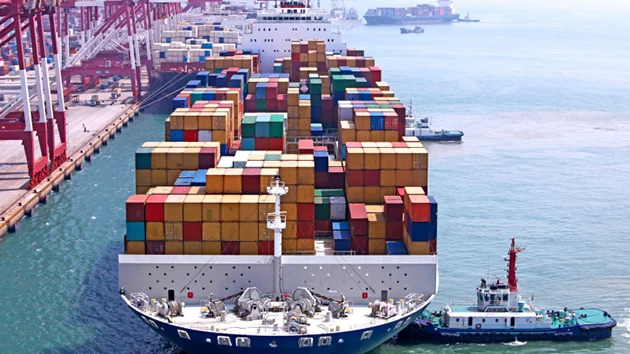LR's lashings specialists have been using state-of-the-art analysis techniques that will enable owners of ultra-large container ships to extend their vessels’ cargo-carrying capabilities.

Lloyd's Register’s experience and expertise in container ship technology and the current market has enabled us to produce a series of proposals and guidelines on the safest, most cost-effective methods of stowing and lashing container cargoes.
Our technical teams have investigated the rising heights and weights of the container stacks that today’s ULCSs can carry and produced new rule proposals to help designers, owners and masters handle these ever-expanding cargoes.
One of the key findings of the work, led by Nigel White, Technical Manager for Hydrodynamics with LR's Structural Analysis and Hydrodynamics Group, is based on vessel speed. Our research demonstrates that the speed at which a ship sails has a significant and predictable effect on its rolling motions – this is a crucial factor in cargo-carrying.
So instead of designing container stows as if a ship is sailing at full speed in the harshest seas of the Atlantic or Pacific oceans we have produced a methodology based on a combination of ship speed and stability and the height and direction of the prevailing waves.
Another significant finding is based on the development of lashing twistlocks. Operators who use the latest fully automatic twistlocks (FATs) will have the advantage of securing their cargoes safely and effectively with minimum intervention from the stevedores.
Combined with the introduction of high lashing bridges, they will be able to safely carry stacks of 10 or more tiers of containers on deck.





